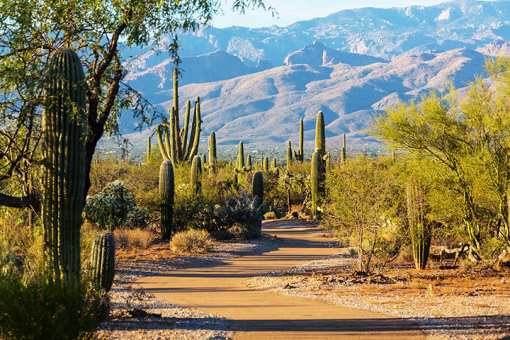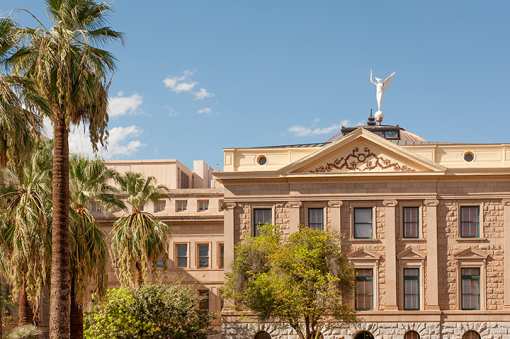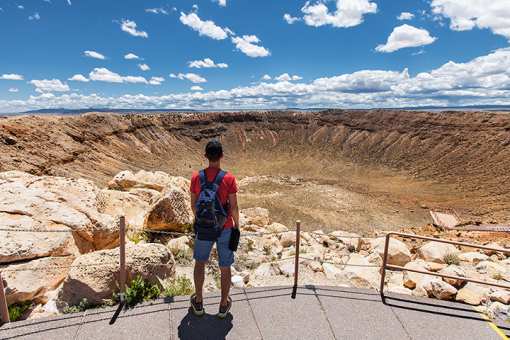The Kaibab National Forest is part of the largest contiguous ponderosa pine forest in the United States. Bordering both the north and south rims of the Grand Canyon, the 1.6 million acres of the Kaibab has the distinction of being divided by one of Nature's greatest attractions. Headquartered in Williams, Arizona, the South Kaibab covers 1,422 square miles and the North Kaibab stretches over 1,010 square miles. Elevations vary on the forest from 5,500 feet in the southwest corner to 10,418 feet at the summit of Kendrick Peak on the Williams Ranger District. All the way from north-central Arizona into Utah, you'll find enough breathtaking views, outstanding forest scenery, unusual geologic formations, and just plain fun to keep you satisfied for days!
Vegetation on the forest varies by elevation and exposure. Principal tree species are ponderosa pine, Douglas-fir, Engelmann spruce, aspen, blue spruce, oak, pinyon pine, and juniper. Among other things, they enhance the beauty of the landscape, hold soil in place, and provide cover and food for wildlife. As elevation decreases, trees give way to bitter brush, Gambel oak, sagebrush, and cliffrose.
Large wild animals commonly seen are elk, mule deer, and antelope. Turkey and coyote are also fairly common. Mountain lion, black bear, and bobcat are seen on rare occasions.
The most commonly encountered small animals on the Kaibab are Abert's squirrels, chipmunks, and ground squirrels. Less easily seen are porcupines, small lizards, and rattlesnakes. Frequently observed birds are bluebirds, robins, nuthatches, flickers and other woodpeckers, various hummingbirds, Steller's jays, crows, ravens, and a variety of hawks. There are over 20 species of bats on the forest!
Like all of our national forests, the Kaibab is a "land of many uses." While logging and grazing are traditional forest activities, hunting and fishing are allowed under the rules and regulations of the Arizona Game & Fish Department. Increasingly, recreational activities such as hiking, trail rides, mountain biking, sightseeing, cross-country skiing, and wildlife viewing attract more and more people to the Kaibab National Forest.
Thousands of visitors travel to the Kaibab Plateau each fall to enjoy the vibrant colors of autumn leaves, yet winter is a beautiful time of year in Northern Arizona as well. During the summer, the thermometer may reach 90 degrees during the day but dip to the 50s at night. The rainy season brings brief but often violent thunderstorms across the forest. Such conditions make wildfires a serious threat to the Kaibab: there is an average of 100 fires each year, with 25% caused by people. At times, campfires may be restricted to certain designated areas and parts of the forest may be closed to public entry. The sunny climate can be deceptive, be it summer or winter, and visitors who hike, bike, or ride the forest roads should always have appropriate clothes with them for inclement weather.
Whether you seek the challenges of rugged terrain, the solitude of nature or the nostaligia of Old Route 66 you'll find nothing short of a once-in-a-lifetime experience on the Kaibab National Forest.





